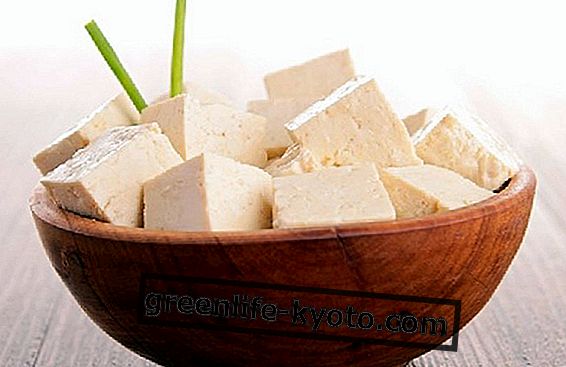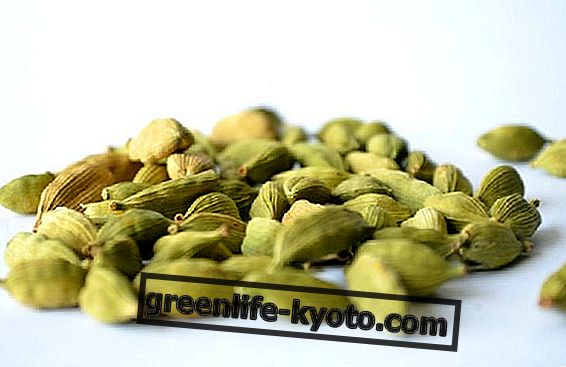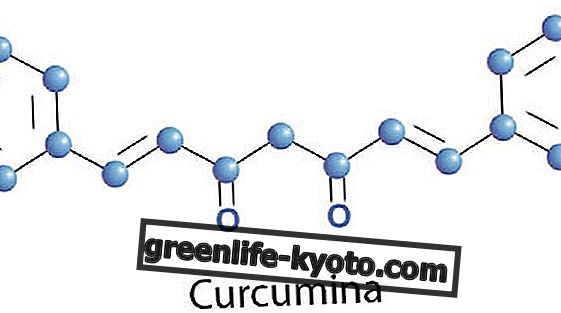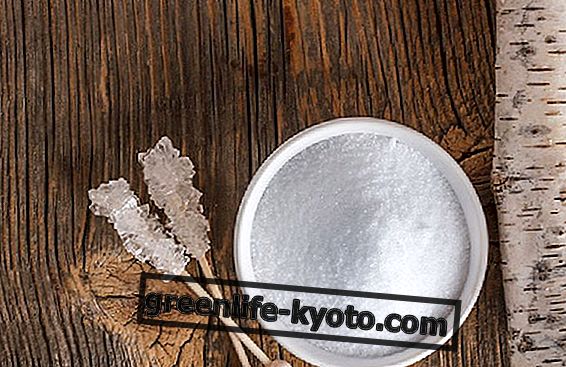
How to make tofu
Tofu, often called "seed rennet" or "vegetable cheese" is a food of oriental, Chinese and Japanese origin, well known to those who follow a vegan or vegetarian diet.
Rich in protein, iron, calcium, sodium and phosphorus and low in fat, it is good that those who say no to meat consume a couple of servings a week at least, so as to ensure the right nutrition on a physical level.
Tofu can be found today inside the refrigerated counter, ready and packaged, at a sustainable price and even in natural variations or enriched and flavored in various ways. Very easy to prepare, it is cooked in five minutes, sautéed in the simplest way and with flavored seasonings, but also fried, steamed, in soups, in meatballs, veg ragù and many other tofu-based recipes.
This vegetable cheese however, to become the product that we see, follows a particular and unique production process that leads from small and golden soy beans to the white neutral-flavored dough that is brought to the table. Here is an explanation of how tofu is made, both at an industrial and a household level, or self-produced.
Industrial tofu
Tofu is made with soy, grown in the plant's pods . The industrial process involves washing and soaking the beans in huge pools of water for about 24 hours, depending on the season. The result sees double the volume of these seeds, much more swollen and softer.
Subsequently, the soybeans are placed in a machine and, thanks to a conveyor belt, they are moved forward and crushed. In this way a dense and grainy mixture is obtained, a mix of vegetable milk and soybeans .
The pulp is then filtered, heated and turned into a paste. Once centrifuged, the pulp of the seeds is separated from the milk . Thus, on the one hand, soybean meal is obtained, on the other milk, which will be used to make tofu.
The milk is made to coagulate with magnesium chloride, a coagulant, and in about fifteen minutes the tofu is obtained. The tofu is drained, compacted into cubes thanks to rectangular molds covered in fabric for cheese and pressed. The lumpy tofu thus obtains the blocks that are eventually flavored, pasteurized and finally packaged.
Self-production of tofu
These golden beans contain about 40% of vegetable protein and are valuable for those who follow a vegetarian or vegan diet . The production of tofu can also be done at home, "home made tofu", with excellent results, especially from the point of view of the final flavor of the product.
Undoubtedly it is necessary to follow particular timing, but with a little manual and practical work, excellent results can be achieved. Here is a video of "The Tofu Box" which illustrates how homemade tofu can be produced in convenient and practical steps.













